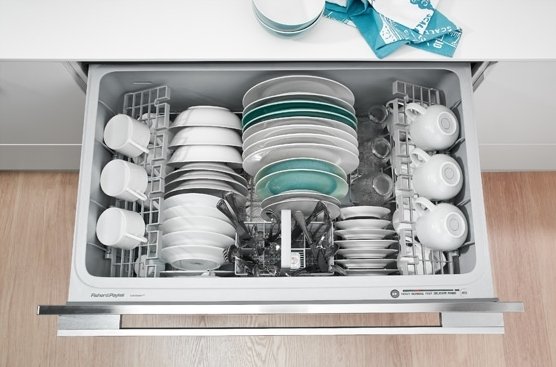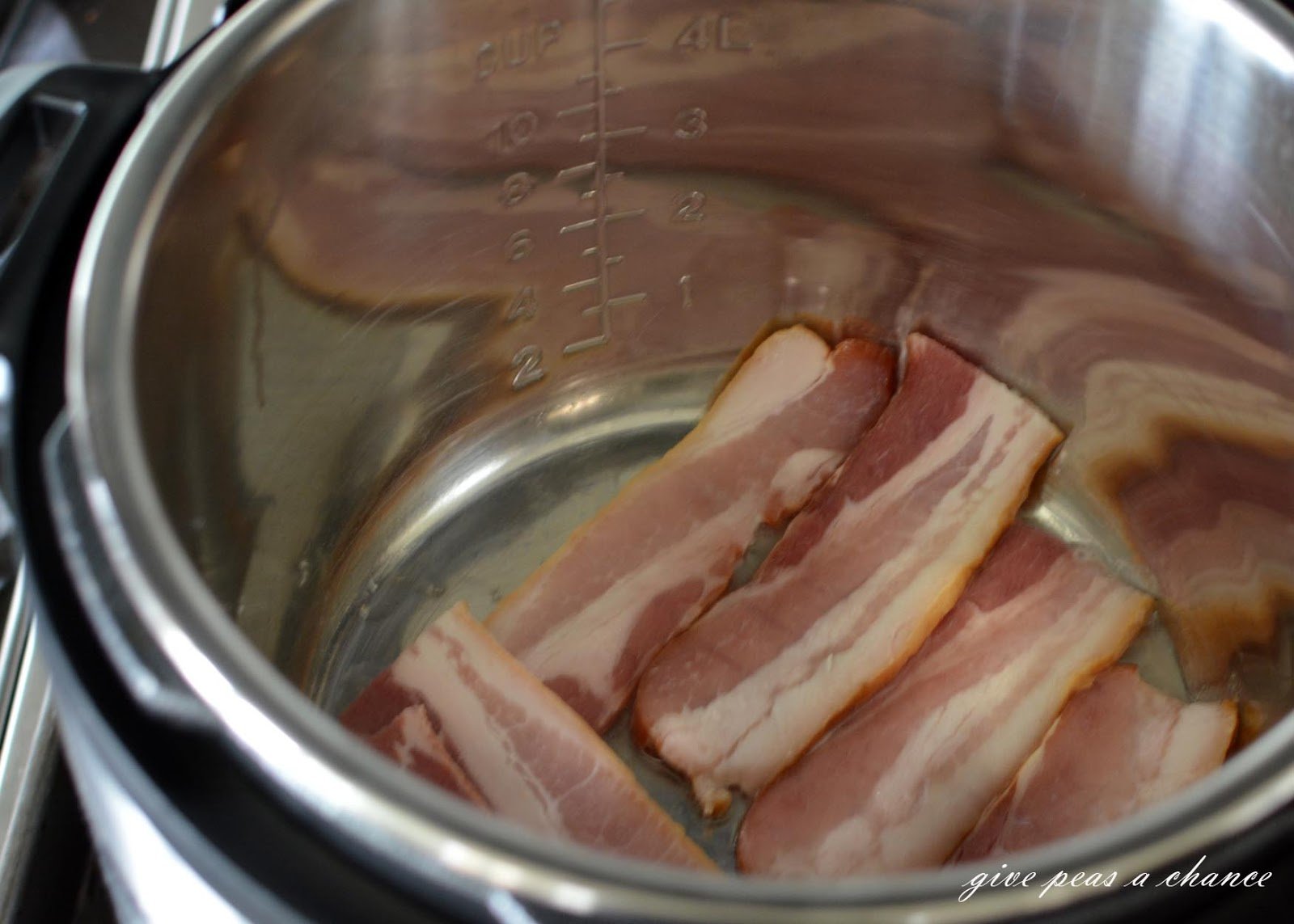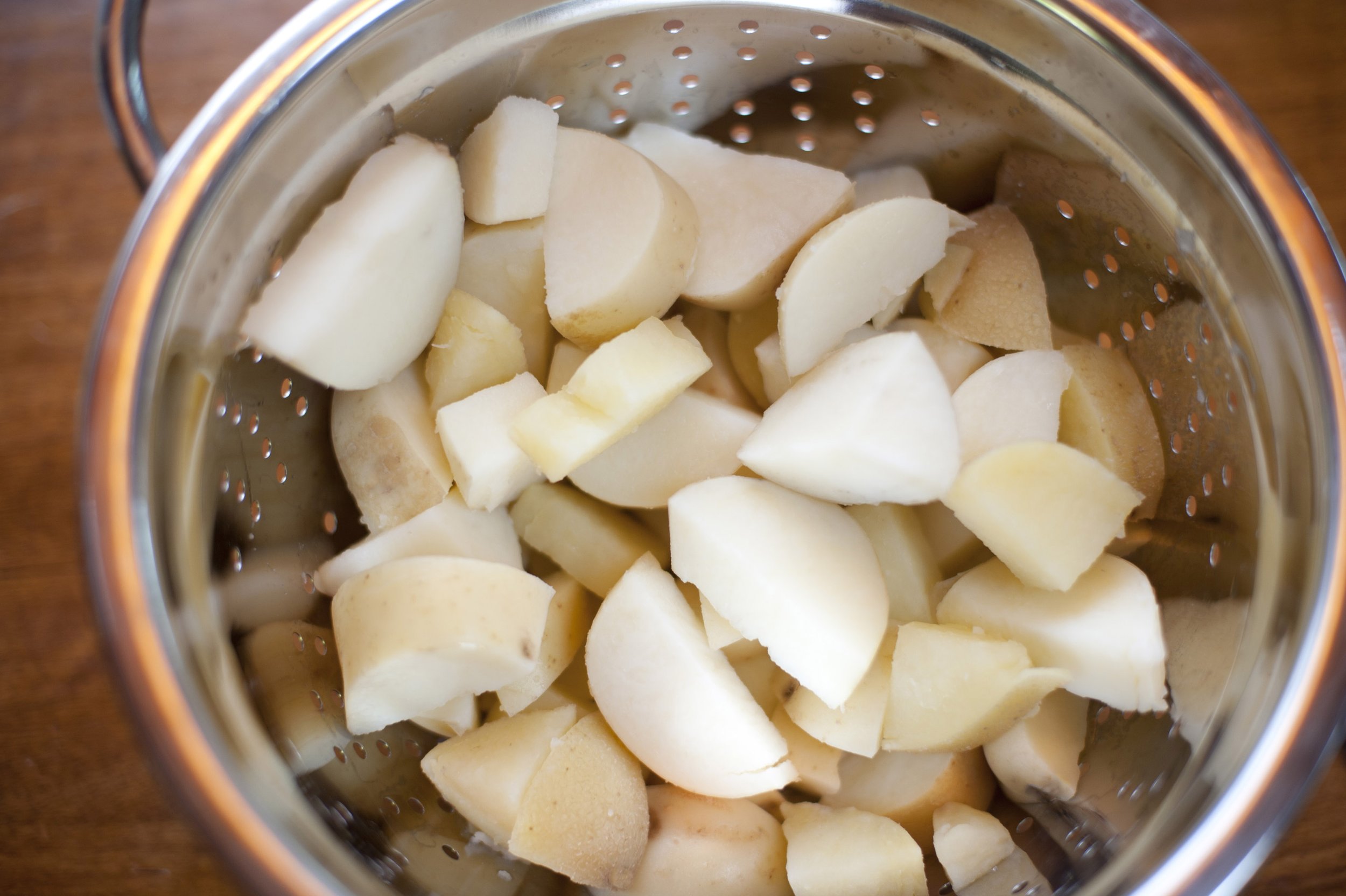This year or next, these gifts just don’t work.
Have you ever read a list of gifts that no one wanted? No? Neither had we. We’ve seen all sorts of “Best of XXXX Gifts For Everyone On Your List”, “X Gifts Everyone Will Love” etc.” But who thinks about the gifts you shouldn’t give? This year, we did. We hope you find them as amusing to consider as we did.
Weird Food-Based Sodas
Weird Food-Based Sodas
Sometimes people love getting a sampler pack to try something new. Sometimes people enjoy weird flavors. BUT drinking sodas of questionable food based flavors? Ranch soda? Bacon soda? No, we’re good.
Blooming Tea Sampler Sets
If someone likes tea, they aren't going to want just a few cups and for this price, you can get them tea that tastes much better.
Christmas Tree Dress
We've seen a LOT of questionable outfits. Many of them that are supposed to be attractive. Elf on the Shelf. The Grinch, Santa's Hairy Chest. The list goes on far longer than we want to admit. However, this one is entirely modest but somehow even more horrifying. Not only does it have present 'shoes' but it also has tinsel that you're going to be finding everywhere for the next year. We just... we cannot condone that this one even exists let alone that someone would give it as a gift.
One Pound of Powdered Cheese
While we do agree that prepackaged pasta hardly ever gives you enough cheese, this isn't a gift, unless you're giving it to a college student.
A Jerky Bouquet
We actually llve this idea, but who sends a bouquet for Christmas? Wait till Valentine's Day when you can tell them you love them as much as they love jerky.
Basic Socks
We're not talking about the cool ones that show off or support their interests. We're talking about basic, plain, bought them in packs of 10-20 low thread count socks.
Beard Ornaments
Beard ornaments. Beardments? Last we checked the majority of men don't like having things tug on their beards. Doors, zippers, sweaters, children, it is generally a painful feeling. So adding things intentionally to your beard, that is also going to get caught on things and tug at your face, just seems like asking for trouble to us?
A Food Storage Set
Unless they've been drooling over it for months, it just isn't worth it as a gift. They're awesome and practical, but as a 'Christmas gift' instead of a 'just thinking of you gift' we wouldn't suggest it.
Any Type Of Cleaning Products
Just, avoid this one, at all costs. Unless it's tied to something specific like "hey I found this miracle product to save your favorite leather coat!" This is just asking for trouble.
Mini Food Makers
Let's be clear here. We're not talking about 'small' waffle makers and the like. We're talking about the ones that only make a waffle the size of a small coffee cup and inevitably burn out. Even more frustrating, how often do you want just one thin waffle or one tiny donut? And shrinking down a recipe that small means it never tastes quite right either.
A Toaster
Who…. Who thought one of the single most utilitarian kitchen tools would make a good gift? Really? In general we discourage gifting of cooking appliances. Tools? Spices? Yes and yes! But appliances? Not so much.
A Pasta Timer
On one hand if they're a big fan of puns or the Godfather franchise, this could go over well. On the other hand. Have /you/ ever tried telling someone their pasta is overdone? No? We don't advise it.
Cat Butt Tissue Holder
Unless they’re really into gag gifts or cats, this one isn’t likely to go over well. Not everyone is into toilet humor.
Dip and Fry Holders for Their Car
We’re just not following on this one. They’re useful, sure. But do you want to tell someone that they don’t matter? We can't even pretend this is great for an office White Elephant, it just.. it doesn't seem like a gift.
Mouse
Wine Bottle Stopper That Looks Like A
Some people love wine. Some people also love cats. There are also people who love wine AND cats. (We hope that's not a shocking revelation.) However, we can't imagine that having your cat trying to get the stopper out of your wine bottle and either smashing the bottle or dumping it all over the floor is going to be a gift many people want.
What did you think? Would you want any of these gifts? Do you have more horrible ones that you wouldn’t want, or wish you hadn’t gotten? Let us know over on our Facebook page or in the comments below. As always we love to hear from you!
Disclaimer, this post is meant in good fun, and we admit that for every item on here there is almost certainly going to be at least one person who will purchase it.
If you’re here not to gift appliances but because you need help with yours, we’re here for you! At Appliance Rescue Service our goal is to get your home running smoothly again. Whether you’re fighting with your oven or you need help with your dishwasher, we’ve got you covered. You can reach out to us via our contact page or by giving us a call at ((214) 599-0055). We’ll work with you to find a time and date that works for you and send one of our technicians to work with you until you’re satisfied.

































